
In part 1 of this two-part posting, we looked at RAND's recommended non-military cost-imposing options that could destabilize Russia and remove it as a threat to Washington's global hegemony and both reestablish and reaffirm the unipolar world. We examined three cost-imposing options; economic, geopolitical and ideological/informational. In part 2, we will look at RAND's recommended military cost-imposing options as published in this research brief:
…keeping in mind that RAND is heavily subsidized by the United States government (aka American taxpayers) as shown here:
Let's look at the three main military cost-imposing options:
1.) Air and space cost-imposing options which includes three main options and their suboptions as follows:
a.) Changing air and space force posture and operations which includes the reposturing of bombers within easy striking distance of key Russian targets, reposturing of fighters so that the are closer to their targets, deploying additional tactical nuclear weapons to locations in Europe and Asia and reposition of U.S. and allied ballistic missile defense systems to better engage Russian ballistic missiles.
b.) Increasing areospace research and development by developing new weapons that play on Russia's fears of U.S. airpower capabilities and doctrines (full list of potential weapons can be found in the table below). This would result in Moscow devoting more of its finite resources to counter these capabilities.
c.) Increasing air and missile components of the nuclear triad by breaking out of the nuclear arms control regime which would goad Russia into a costly arms race.
Here is a table showing the likelihood of success, benefits and costs/risks of each option:
2.) Maritime cost-imposing options which includes increasing US. and allied naval force presence in Russia's operating areas, increasing naval research and development efforts with the goal of developing new weapons which allow U.S. submarines to threaten Russian nuclear ballistic missile submarines (SSBNs), increasing the size of the U.S. nuclear fleet to threaten Russia's SSBNs and deploying NATO forces in the form of long-range, land-based, anti-ship missiles which would drive up the cost of defending Russia's bases in Crimea. All of these options would be used to entice Russia into changing its own strategy and overextending itself financially as it seeks to meet these options head-on.
Here is a table showing the likelihood of success, benefits and costs/risks of each option:
3.) Land and multidomain cost-imposition options which includes four main options and their sub options as follows:
a.) Increasing U.S. and NATO land forces in Europe which includes increasing U.S. forces in Europe, increasing the capabilities of European NATO member ground capabilities and the deployment of a large number of NATO forces on the Russian western borderlands. The authors note that large-scale deployments on Russia's borders would increase the risk of conflict with Russia particularly if they challenge Russia's positions in eastern Ukraine (the Donbas), Belarus and/or the Caucasus.
b.) Increasing NATO exercises in Europe which includes increasing the size of U.S. participation, generating a mass mobilization of European NATO member forces, holding exercises on Russia's borders and holding exercises practicing counterattack or offensive scenarios. These exercises could be perceived by Russia as an attempt to invade part of its territory (i.e. Kaliningrad) and could also be perceived as showing Russia that NATO is willing to consider offensive operations. All of these options could well provoke higher levels of conflict with Russia.
c.) Withdrawing from the Intermediate-Range Nuclear Forces Treaty which includes the development of an intermediate-range missile which could either be deployed to Europe or not deployed to Europe. Withdrawing from the treaty could prompt Russia to develop and deploy its own intermediate-range missiles, diverting substantial resources from its other defense spending.
d.) Incremental investments in new technologies to manipulate Russias risk perceptions to counter Russian air defences and increase U.S. long-range technologies. The authors note that Russia has concerns about weapons based on new physical principles (i.e. directed energy weapons, electromagnetic weapons, genetic weapons and geophysical weapons) as shown here:
Investments in this option could risk strategic stability by threatening the security of Russia's leadership in a crisis situation.
Here is a table showing the likelihood of success, benefits and costs/risks of each option:
As you can well imagine, many of these options will appeal to the United States defense industry who would stand to benefit from untold billions of dollars in taxpayer funding. Additionally, many of these options would only worsen the risk of a war with Russia which may not create the desired result of regime change that seems so important to Washington as Russians are driven to protect Mother Russia just as they did during the Nazi's Operation Barbarossa of 1941. We all know how that story ended, don't we?
Given that RAND is essentially a think-tank arm of Washington, we can pretty much assure ourselves that the non-military and military options recommended by RAND either have been or are being taken as a playbook for destabilizing Russia with the ultimate goal of removing Vladimir Putin from power, just as Joe Biden very clearly said recently, no matter how the mainstream media and the so-called fact checkers may be trying to reinterpret his comments:
You can publish this article on your website as long as you provide a link back to this page.

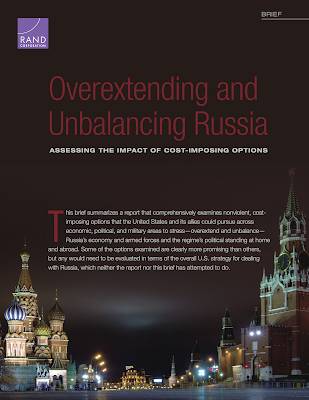
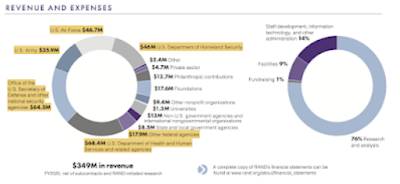
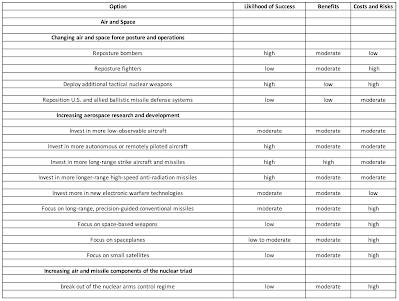

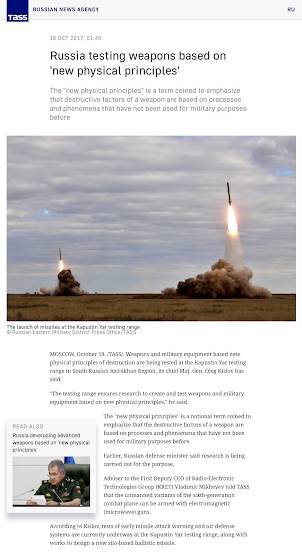
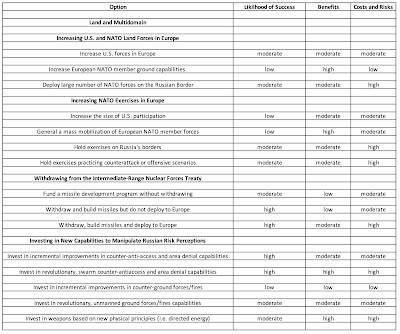
Be the first to comment